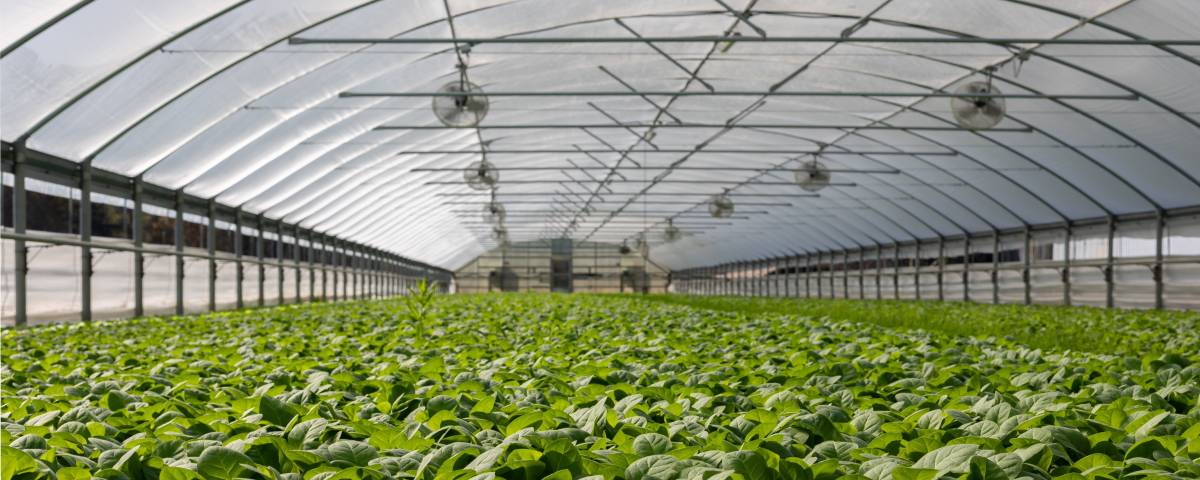Urban agriculture: how the city gives back space to agriculture

The number of people living in cities continues to increase: according to a UN report, more than 4 million people live in urban areas in 2020 and there will be more and more in the years to come. The surface area of cities and related infrastructure keeps on expanding, thus taking space away from agriculture, which is therefore struggling to cope with the increasing demand for food from a growing population.
After years in which concrete has taken away space from greenery and fields, the opposite trend has emerged in recent years: agriculture is taking back some of the space that had been taken away from it. In many urban areas, especially abandoned ones, people are starting to cultivate and breed again. This quite recent phenomenon is called urban agriculture.
Details about this phenomenon: cases and initiatives in the world
In some world regions, urban agriculture has become a fashionable phenomenon, being linked to a greater awareness and attention to the production processes of genuine and sustainable food.
This is the case of New York’s Brooklyn Grange, the world’s largest urban garden. In 2010 such a project gave life to a garden of 6,500 square metres in the space made on the roofs of 2 disused industrial buildings. The initiative has been a huge success: the products grown in Brooklyn Grange have become highly sought after and local restaurants are literally competing to get them.
Initiatives are multiplying in Europe as well: from the former Allmende-Kontor airport in Berlin, one of the most positive examples of green redevelopment of a vast abandoned area, to the agricultural vegetable garden that will open next spring at the Paris Fair, being destined to become the largest in the world with its 14,000 square metres, which develops entirely on the roof of one of the exhibition pavilions.
Urban gardens and green roofs are often also an opportunity to organise events, workshops and educational activities, to create awareness about food production, to encourage city participation and to spread the values of agriculture at community level.
From Sweden, on the other hand, there is a completely different solution, the greenhouse skyscrapers. In the town of Linkoping a real vertical farm is under construction. The structure is 54m high and can accommodate different crops inside the greenhouses that develop along dozens of floors.
Its productivity should be very high: up to 300 kilos of yield per square metre, thanks to crops that can grow all year round in a protected environment, so no pesticides or other chemicals against weeds will be needed. It is estimated that such a greenhouse skyscraper is able to produce enough vegetables for the needs of 350,000 inhabitants, with a very low environmental impact since products are directly delivered to consumers and this minimises transport.
But beyond individual initiatives in more industrialised countries, urban agriculture is a wider phenomenon that also involves developing countries and is supported by institutions.
Among others, FAO supports urban agriculture and low-income horticulturists by providing tools, incentives and training to launch initiatives in densely populated areas with poor access to agricultural products. This is aimed at improving access to food for the poorest sections of the population.
The advantages of urban agriculture
Whether for recreational purposes, for generating income or supplying food in areas with difficulties, urban agriculture proves to be a very useful phenomenon from a social viewpoint. It helps to promote sustainable and ecological practices, producing and distributing agricultural goods locally, with consequent energy savings. It encourages participation and awareness of consumers, who are involved in the food production chain and environmental education. All this without counting the gain in terms of city landscaping: the spaces dedicated to urban agriculture bring greenery into concrete-filled areas, thus redeveloping entire districts.
In addition to the social factor, there is also an economic impact that contributes to enhancing the productivity of often neglected areas. It also enables tangible support to be given to developing realities, where food supply is a primary need.
In short, there are many advantages to urban agriculture so it is no surprise to us that this phenomenon is constantly growing.
McCormick is always next to those who work in agriculture to face changes and take up new challenges.
Discover all the technology of McCormick tractors:
